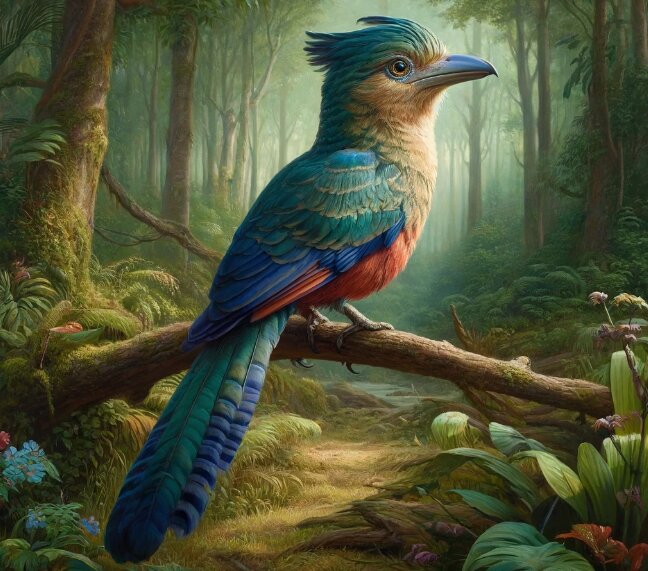
The Hancock bird, often overlooked, plays a crucial role in its habitat, contributing to the biodiversity of its environment. This article explores the various aspects of the Hancock bird, including its characteristics, ecological significance, and the efforts made to conserve this interesting species.
Introduction to Hancock Bird Species
The Hancock bird is not just another avian species; it is a marvel of evolution with distinctive features and behaviors. Known for its vibrant plumage and melodious song, this bird has captured the interest of ornithologists and nature enthusiasts alike.
Characteristics and Habitat
Hancock birds are known for their adaptability to different environments, but they thrive best in dense forests and wetlands. Their physical attributes, such as sharp beaks and strong wings, complement their lifestyle, enabling them to forage and evade predators effectively.
Diet and Feeding Habits
Primarily insectivorous, Hancock birds play a pivotal role in controlling the insect population, which indirectly supports the health of their habitat. They are known to occasionally diversify their diet with berries and small fruits, depending on the availability.
The Ecological Significance of Hancock Birds
Hancock birds are not only a part of the food chain but also contribute to the pollination of several plant species. Their activities help maintain the ecological balance, making them integral to their ecosystems.
Role in Ecosystems
Acting as both predator and prey, the Hancock bird fits perfectly into the ecological jigsaw puzzle of its habitat. Their presence helps regulate species populations and supports the structural integrity of their environment.
Interactions with Other Species
Hancock birds often interact with a variety of other bird species, as well as mammals and insects. These interactions can range from competitive to symbiotic, significantly impacting their survival and reproduction.
Threats Facing Hancock Birds
Despite their resilience, Hancock birds face several threats, primarily from habitat destruction and climate change. These challenges are exacerbated by human activities such as deforestation and pollution.
Environmental Challenges
Loss of habitat due to expanding urban areas and agriculture poses the greatest threat to the Hancock bird populations. Climate change also affects their migration patterns and breeding seasons, further endangering their survival.
Human Impacts
Unregulated tourism and poaching have also contributed to the decline of many Hancock bird species. Education and awareness are crucial in mitigating these impacts.
Conservation Efforts for Hancock Birds
Numerous conservation initiatives have been launched to protect the Hancock bird, focusing on habitat restoration and legal protection. Community involvement is key to the success of these programs.
Current Initiatives
Conservation organizations are collaborating with local communities to create protected areas where Hancock birds can thrive. These efforts include monitoring populations and rehabilitating injured or displaced birds.
How You Can Help
Individuals can contribute to Hancock bird conservation by supporting local and global conservation efforts, participating in community clean-ups, and spreading awareness about the species.
Hancock Bird in Culture and History
Throughout history, Hancock birds have been symbols of beauty and freedom in various cultures, often featured in art and literature.
Symbolic Meanings
In many cultures, Hancock birds are seen as messengers of peace and bearers of good news. Their depictions in folklore and stories underscore their importance in human cultures and highlight the deep connections that have been forged over centuries.
Historical References
Historically, Hancock birds have been revered for their beauty and the mystery surrounding their migration and mating rituals. These birds have been featured in traditional stories and songs, often used as symbols of change and renewal.
FAQs on Hancock Bird
- What is unique about the Hancock bird compared to other birds?
- The Hancock bird is distinguished by its vibrant plumage and unique song, which vary significantly across its sub-species. Its adaptability to diverse environments also sets it apart.
- How can I identify a Hancock bird in the wild?
- Look for a medium-sized bird with striking colorful feathers and listen for a distinctive melodious song. These birds are also known for their dynamic flying patterns.
- Are Hancock birds endangered?
- Some sub-species of the Hancock bird are indeed endangered due to habitat loss and other environmental pressures. Conservation efforts are crucial to their survival.
- What time of year is best to observe Hancock birds?
- The best time to observe Hancock birds is during the spring and early summer months when they are most active and visible during breeding seasons.
- Can Hancock birds be found in urban areas?
- While less common in urban areas, some Hancock birds have adapted to city parks and green spaces where food sources and nesting areas are available.
- What efforts are being made to conserve Hancock birds?
- Conservation efforts include habitat restoration, legal protections, public education campaigns, and research into their behaviors and needs to better inform conservation strategies.
Conclusion: The Future of Hancock Birds
The future of Hancock birds hinges on the combined efforts of conservationists, communities, and policy-makers. With ongoing environmental challenges, it is more important than ever to understand and support the roles these birds play in our ecosystems. By fostering an environment where Hancock birds can thrive, we contribute to the overall health and biodiversity of our planet.
Engaging with these fascinating creatures not only enriches our natural world but also deepens our appreciation for the intricate connections within it. Let’s ensure that future generations will also enjoy and learn from the Hancock bird.
